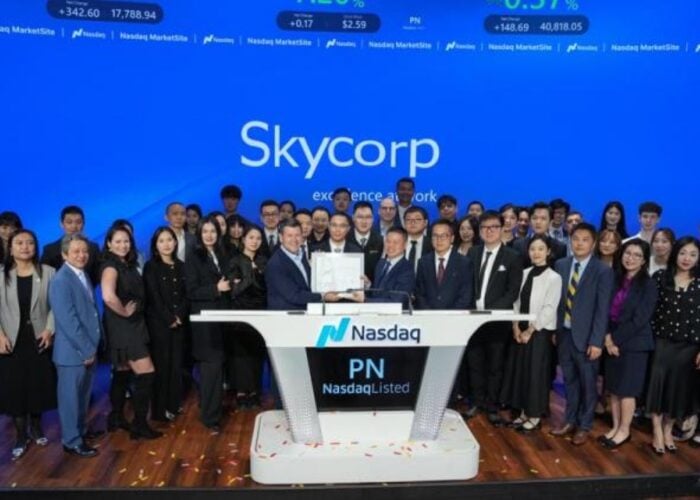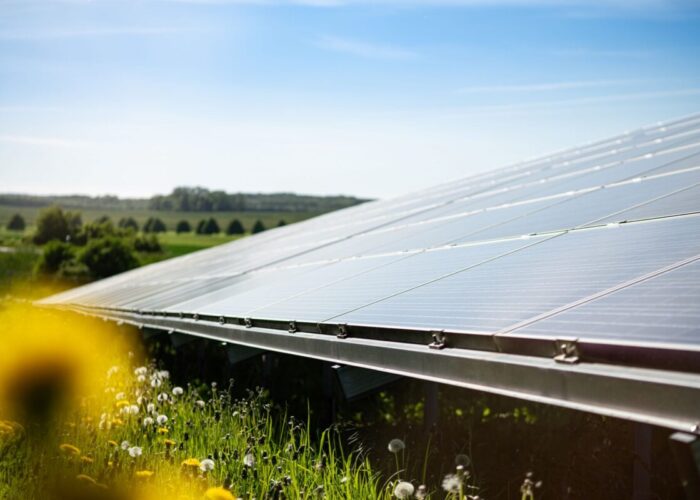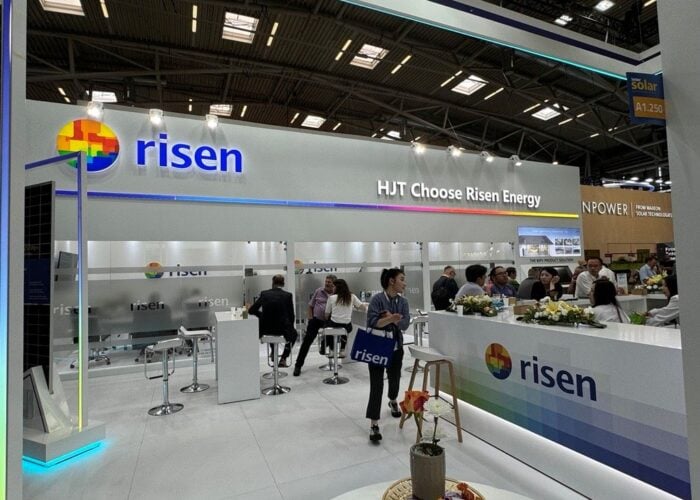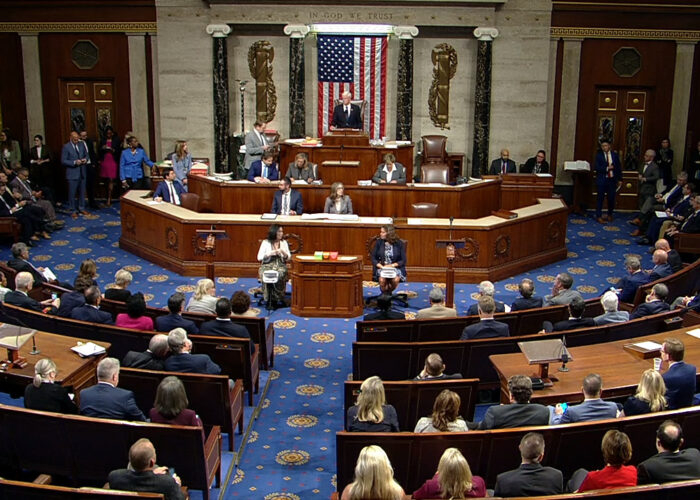The
National Research Council of Canada (NRC), among other governmental
bodies, has selected two nanotech-related research projects
specifically targeting improvements in photovoltaics that are designed
to speed up the technology development for commercialization.
Of the five winning research teams, two are solar photovoltaic-related. One will create solar cells that incorporate ‘quantum dots’ on crystalline semiconductor surfaces, while the other is intending to enhance solar cell efficiency through novel polymeric nano-composite semiconductor materials.
Unlock unlimited access for 12 whole months of distinctive global analysis
Photovoltaics International is now included.
- Regular insight and analysis of the industry’s biggest developments
- In-depth interviews with the industry’s leading figures
- Unlimited digital access to the PV Tech Power journal catalogue
- Unlimited digital access to the Photovoltaics International journal catalogue
- Access to more than 1,000 technical papers
- Discounts on Solar Media’s portfolio of events, in-person and virtual
A team of researchers from the Universite de Sherbrooke and the University of Ottawa will work with scientists and engineers from the NRC Institute for Microstructural Sciences (NRC-IMS) and the NRC Institute for Research in Construction (NRC-IRC) in Ottawa under the SUNRISE (Semiconductors Using Nanostructures for Record Increases in Solar-Cell Efficiency) project.
The research is to optimize a design for solar cells using quantum dots on crystalline semiconductor surfaces for concentrator PV use that aims to boost solar intensity by a fator of up to 500, and measure the performance of the integrated assembly in real-world conditions.
Another team from the Universite de Laval, Queen’s University, the University of Toronto and Simon Fraser University will work with scientists and engineers from the NRC Institute for Microstructural Sciences (NRC-IMS), the NRC Institute for Chemical Process and Environmental Technology (NRC-ICPET) and the NRC Steacie Institute for Molecular Sciences (NRC-SIMS) in Ottawa, to improve the conversion efficiency of organic material-based solar cells. Significant research will be undertaken in materials development to help to overcome critical issues related to the required properties of organic semiconductor materials.
Each project will receive approximately $3 million.







